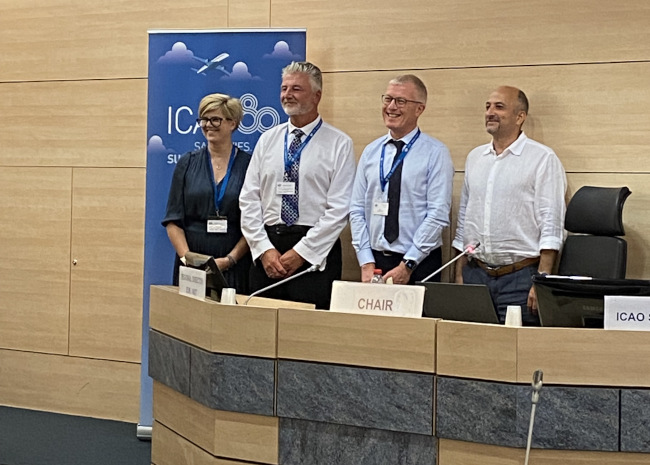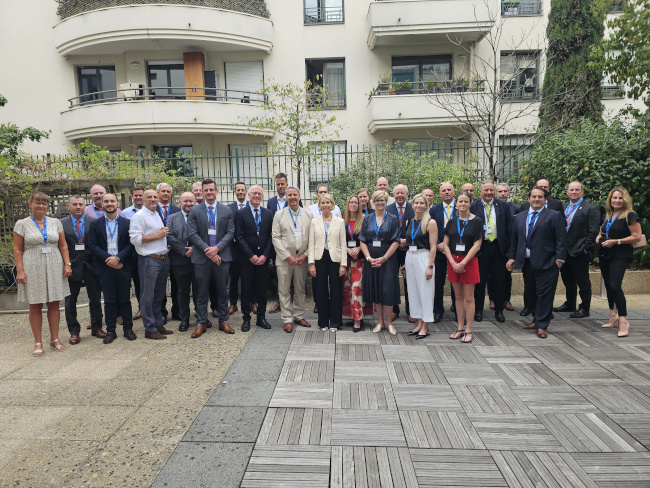The 61st meeting of the North Atlantic Systems Planning Group (NAT SPG/61) was held from 24 to 27 June 2025 at the ICAO European and North Atlantic (EUR/NAT) Regional Office in Paris, France.

The meeting focused on key priorities, including the mitigation and monitoring of GNSS radio frequency interference (RFI), the planning and coordination of Flight and Flow Information for a Collaborative Environment (FF-ICE) in close cooperation with the EUR FF-ICE Task Force, and the integration of new entrants into the NAT region.

(see full size image)
The annual safety report has been finalized and is now available. It provides valuable insights, supported by the diligent work of the Scrutiny Group, which analyzed aviation occurrences, and the Mathematicians Group, which developed updated risk estimates. This work remains essential in guiding safety initiatives across the region.
In response to the growing threat of GNSS interference, new mitigation measures are under discussion. These will be critical to ensuring the resilience of navigation systems. The topic of new entrants also continues to evolve, with active engagement through workshops and coordination efforts—particularly with the EUR STO Project Team—to develop a cohesive regional approach.
Preparations are well underway for upcoming space weather exercises in the NAT region, which will help validate procedures and readiness in the face of potential disruptions. In parallel, a comprehensive review and enhancement of the NAT crisis response processes has been successfully completed, ensuring improved preparedness for future contingencies.
The implementation of Oceanic Clearance Removal (OCR) remains on track, with ongoing safety performance monitoring and mitigation strategies applied by both ANSPs and States. Additionally, recent NAT LADR/ADT exercises have been completed, further strengthening regional coordination and operational capabilities.
Finally, significant efforts are being made to improve communication services, with a forward-looking approach that includes the potential use of space-based VHF and other innovations aimed at enhancing the robustness and efficiency of the system.
